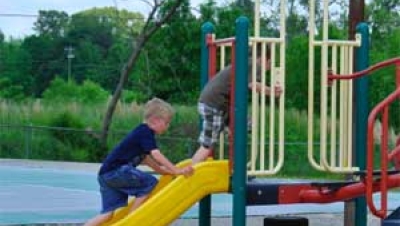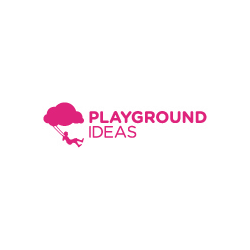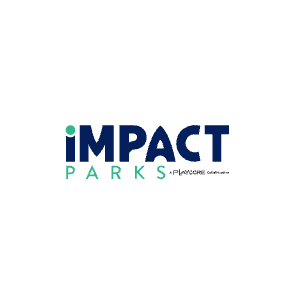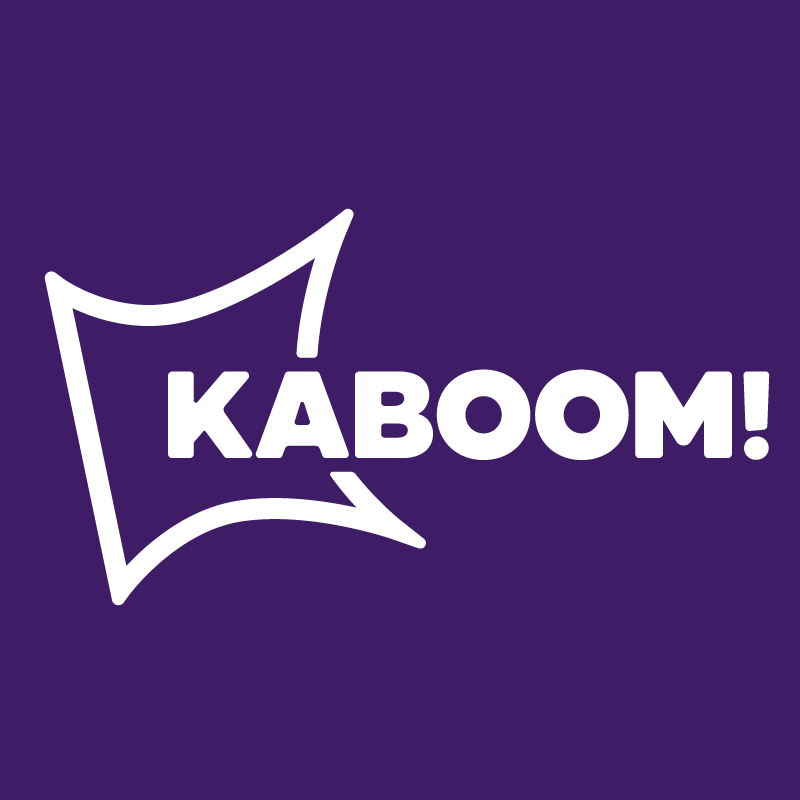One of the most frustrating things about getting a playground in the works is probably getting that project to the top of the school or community budget list. How do you find your place and move your plan to the top of the list, if necessary? It may not be a high priority in the eyes of certain people, but you know how important it is to have a safe place for children to learn, grow and play together. Here are some ways to help get it done.
First, all budgets are certainly not created equal, so you have to figure out where your proposal might fit in. A playground may not be the top of the list, so you will want to be armed with all of the positive aspects of a playground for the children and for the school and/or community to help raise a sense of urgency for the project.
A playground can enhance cognitive, physical, social, and intellectual development; it provides imaginative play, recreation, and a safe place for children to play on age-appropriate structures.
There are many things to find out. For example, if your playground is for a school:
Whom do you talk to first?
Do you talk with the PTA/PTO president first? Who has the power to get your playground budget to the top of the list?
What kind of committee do you need?
Are there meetings to attend before you begin putting your proposal
together?
Timing – how much in advance do you need to propose a project for the projected time you will install?
What type of playground are you
proposing?
Where will funds come from?
Where are you proposing to build?
Will there be site preparation? If so, what?
Who will install?
What is your timeline?
What should you do when you have all of your information together?
What meetings should you attend?
If your playground is for the community, the questions needing answers can be similar but with a few extras:
Whom do you talk to first? Who has the power to get your playground budget to the top of the list?
Find out which city councilman is over your district.
What kind of committee do you need?
What types of permits are needed, if any?
Do you need to attend a city council meeting to find out what needs to be included in your proposal?
Timing – how much in advance do you need to propose a project for the projected time you will install?
What type of playground are you proposing (components, aquatic, soft contained)?
Where will funds come from?
Where are you proposing to build?
Will there be site preparation? If so, what?
Who will install?
What is your timeline?
What should you do when you have all of your information together?
What meetings do you need to attend to represent the project?
If you’re talking about a playground for a community, the criteria and process could vary greatly from city to city and from the process, you might use in working with a school district. In talking with officials from two larger cities in the U.S., here is what is considered:
First of all, there are different programs that would work with such a project, probably titled something similar to Capital Improvement Program. In this process, some cities will solicit applications on an annual basis, likely in the late fall. All community councils are invited to and encouraged to apply for funds for neighborhood improvements, which could include renovation or build of a playground. They might then work with the associated city department to obtain cost estimates and the scope of improvements needed.
After applications are received, they are then reviewed for eligibility and for categorization. The city’s capital improvement board would then review them. This could be a board comprised of citizens from each of the city’s districts. After the applications are reviewed, an interview with applicants might then be scheduled to have any lingering questions answered. The board might also want to make a field inspection of the proposed site.
After that, the board might make their recommendations to the mayor. He might then form his own recommendations based onboard input and the city’s needs and then forward them on to the city council. The recommendations might then be finalized and funds allocated.
In some cities, the funds might not be given to the neighborhoods but given in the name of the “project” and may not be generally awarded other than through the CIP process unless a very urgent need.
Another option a city might use could be a community development block grant fund. This is a HUD grant that can also provide funding for improvements in low and moderate-income areas. This might mirror the city’s CIP process. It could possibly have a different board titled something such as a Community Development Advisory Board which handles recommendations to the mayor.
Some cities might even have ranking criteria including questions of how your project would serve the public health and safety issues. What kind of public support do you have backing you? Will your project be a major asset to the community? Be prepared to state your case when you have your moment in front of the board or council.
Keep in mind that cities have limited budgets and resources and need to be frugal with new projects; The council will have that in mind when you make your proposal. Be sure to have all of the reasons you need the build or renovation spelled out so there is no question of the importance and the benefits.
It may sound like a long process in some ways to get your project to the top of the list, but just remember to take it one step at a time, as the council or board will, and don’t forget what the end result can mean for your school and/or your community. And don’t be afraid to contact them directly and ask the questions. That is why they are there, to answer questions and represent the best interest of your schools and communities.









Add new comment